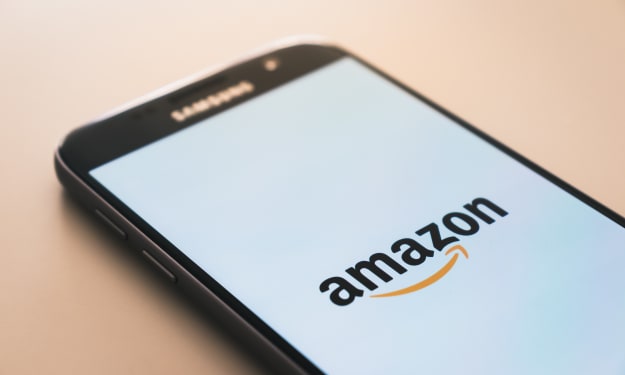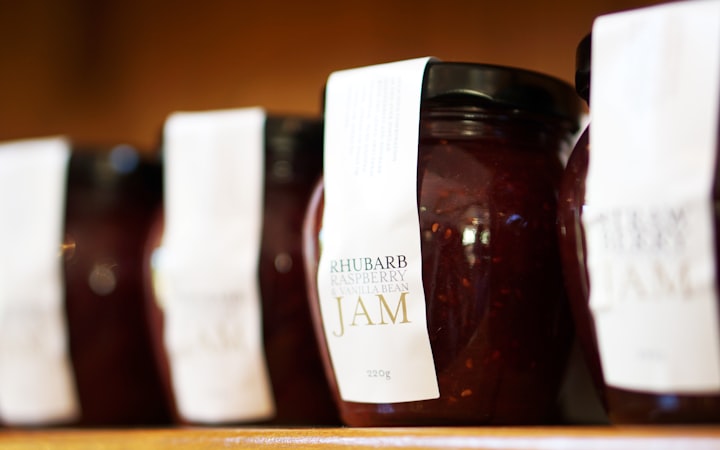Everything You Need to Know About UPC Codes
From creating them to putting them in action, we have you covered.

Whether you’re selling on Amazon or on your own website, you need a UPC code for each of your products. The UPC (Unique Product Code) allows your company, distributors, and customers to scan the code and instantly receive necessary product information.
Amazon requires that every product or bundle/kit has its own unique product code. We expect that Amazon will start to crack down on UPC checks to ensure product legitimacy in alignment with the Global Standard 1 (GS1).
What do you need to know about UPCs and how can you ensure your products are appropriately coded in accordance with Amazon and global standards?
What is GS1?
Global Standard 1 (GS1) sets the “global standard” for barcodes. This non-profit organization hosts the only legitimate international database for supply chain barcoding.
GS1 issues every product supplier or company with some form of GTINs (Global Trade Item Numbers). These are the official forms of product codes based on country, industry, and product type.
What is a UPC?
Product barcodes are what tell computers and systems which item is being scanned. The barcode brings up product information including descriptions, price, and stock quantity. It also allows businesses to better track inventory, metrics, and sales of individual products.
GS1 also refers to product barcodes as GTINs. Depending on the type of product, the barcode can have 8, 12, 13, or 14 digits. Basically, the GTIN is the string of numbers that make up your barcode. There are two main types of barcodes that GS1 supports: UPC and EAN.
A Unique Product Code (UPC) is the original format for product barcodes. These are lines and bars with a series of 12 digits beneath. Because they have 12 digits, the GS1 refers to them as GTIN-12.
UPCs are the primary barcode used in the US and Canada. Other countries can read and scan UPC codes, but they more commonly use EANs (European Article Numbers). Also known as International Article Numbers, these are similar to UPCs but with different country codes and slightly varying lengths.
What does a UPC look like?
There are two main types of UPC codes: UPC-E and UPC-A. For Amazon, you’ll almost always use UPC-A, because Amazon requires all 12 digits. UPC-E is the same as UPC-A but it doesn’t include zeroes in the product number.
There are four sections of the UPC code: country code, company prefix, product number, and the final digit.
In the U.S. and Canada, the country code is zero (0). The company prefix is specific to your business—and your business alone. This is used to differentiate your brand’s products exclusively. The product number differentiates each of your individual products. The final digit is generated by GS1 based on the other numbers in the series.
Above this code of numbers, you’ll see the actual barcode itself. This is a series of unique lines and bars that correspond to the digits so the computer can quickly and easily scan the information.
How do you get UPC codes?
GS1 is the only legitimate supplier of UPC codes for Amazon and beyond. This means you should purchase your UPC codes directly through GS1. It’s the standard resource that Amazon and other companies use to check the validity of a product’s UPC.
A number of UPC resellers exist, including eBay. If you don’t purchase directly through GS1, you could get yourself in some legal trouble down the road. If you buy a UPC code from a third party website, that UPC is likely already registered to their company prefix. You won’t be able to get a specific prefix for your company, which can de-legitimize your business long-term.
You also want to be careful of parties that sell replicated UPC codes. Some parties will sell you “fake” UPCs that are attributed to multiple products. This not only confuses and upsets the customer, but it could risk your business’s legal standing overall. Amazon will take down any listings that don’t have valid, GS1-backed UPCs.
Moreover, purchasing directly from GS1 can make your coding system easier. They give you a company prefix that you can use for all of your products, and then they provide product codes that can keep your items properly aligned in accordance with your system.
When getting UPC codes, GS1 is the best and most legitimate source.
How do you get codes through GS1?
1. Apply for a company prefix.
A company prefix becomes your business' identifier along the supply chain. This helps you set up a brand-specific portfolio of UPC codes and products.
The first six or nine digits of the UPC barcode will be your fixed company prefix. This prefix remains the same for all of your UPCs that you purchase for your products.
Purchasing the company prefix can be costly, though, which is why a lot of business owners opt for the less safe “resold UPC’ route. Purchasing a GS1 company prefix can range from $250 to $10,000 depending on the number of products you’re selling. You’re also charged an annual renewal fee between $50 and $3000.
Although the cost is high, buying from GS1 offsets the financial and legal risk that could happen if you purchase a fake UPC through a reseller.
2. Create product numbers.
Each of your products should have its own unique number. In fact, each individual SKU needs its own UPC. So, if you have one shirt that comes in three different colors, each color variation needs its own UPC.
When you purchase from GS1, they will give you a set of product numbers based on the number of products you requested in your application. They won’t assign each product a number, so you can use your own numbering system to barcode your products.
If selling on Amazon, your UPC always has to equal 12 digits. The company prefix and unique product number equal the first 11, and then the 12th number is a “check digit” that GSI creates. The first number will also include your country code.
3. Determine how you will display the barcode.

To order your barcodes, you’ll need to know how you’ll display them on the packaging. If you’ve already created your packaging, you can order an adhesive barcode label to stick directly on your product or package.
If you haven’t designed your product package or label yet, you can get a digital barcode file from GS1. You can incorporate this in the design of your product package for a cleaner look.
Make sure that the barcode is always readable whether in inventory or the store.
4. Finish up.
Now it’s time to order your barcodes! You can’t order through GS1; they are the ones who give you the barcode, but they don’t provide labels for you. You’ll want to find a company through which you can print your barcode labels. GS1 recommends Orderbarcodes.com, which makes it easy to upload your codes and design.
When you receive your barcodes, you want to make sure you place them on your products appropriately. They should be visible and scannable both in inventory and in stores. You may need two barcodes—one on the product and one on the outer packaging to ensure it’s always ready to be scanned.
Amazon has specific packaging and labeling requirements, which you can learn more about here.
Conclusion
Make sure you obtain your UPC codes legitimately and confidently with GS1. This can ensure that you have a valid product code portfolio that you can sell through Amazon, on your website, in box stores, and through other platforms nationally and internationally.
Seller’s Choice is a digital marketing solution provider dedicated to the interests, growth, and profitability of e-commerce brands. For more updates, industry news, and e-commerce expertise, visit our site or get in touch.
About the Creator
Seller's Choice
Seller’s Choice is a digital marketing solution provider dedicated to the interests, growth, and profitability of e-commerce brands.






Comments
There are no comments for this story
Be the first to respond and start the conversation.